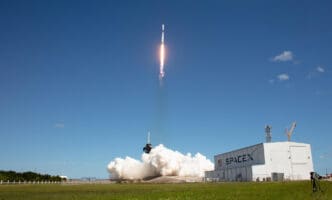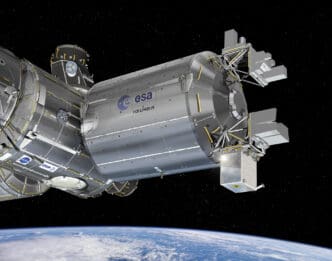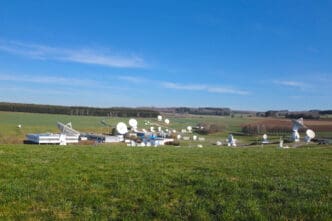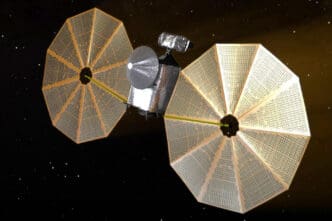NASA’s Science Activation program, known as SciAct, is transforming science education by connecting diverse learners with authentic scientific experiences. Through strategic partnerships and innovative approaches, SciAct aims to deepen the understanding of our world and beyond.
SciAct operates as a collaborative network comprising 48 active teams. These teams are selected through a competitive process and work alongside NASA’s infrastructure to disseminate scientific knowledge. This structure facilitates a thriving connection between NASA scientists and learners, ensuring that the reach of scientific exploration expands significantly.
The program harnesses the power of partnerships, boasting 590 different collaborations with community and audience-centric organizations. These partnerships have surged by nearly double since 2016, enhancing the reach and effectiveness of educational endeavors.
A crucial component of SciAct’s success is the involvement of 963 NASA and NASA-funded scientists. Their participation helps narrate the compelling story and science behind NASA’s missions, fostering direct engagement with learners across various communities. This involvement has grown by 50% since 2016, reflecting the program’s expanding influence.
The scholarly contribution of SciAct is evident in the publication of 141 research papers, which have collectively been cited over 1460 times. This demonstrates the program’s commitment to evidence-based teaching strategies that motivate learners and offer valuable insights to the academic community.
Additionally, the SciAct catalog features 1005 learning resources, readily available for educators and learners. This comprehensive collection serves as a vital tool for enhancing education by providing accessible and impactful resources.
Engagement is a central pillar of SciAct, as evidenced by 76 million interactions with learners globally in 2023. This marks a 45% increase from the previous year, largely attributed to events such as the annular solar eclipse and fortified community collaborations. The initiative’s influence extends across all 50 states, the District of Columbia, and U.S. territories, reaching myriad communities.
Significantly, over half of the SciAct teams specifically focus on broadening the participation of underserved communities. This emphasis on inclusivity ensures that science education is accessible to all, thus promoting a well-rounded understanding of scientific phenomena.
NASA’s Science Activation program exemplifies a commitment to expanding scientific literacy through collaborative and inclusive educational practices. By leveraging partnerships, involving scientists, and providing extensive resources, it fosters a curiosity-driven approach to learning that is essential for understanding the complexities of science.
Source: Science.Nasa







